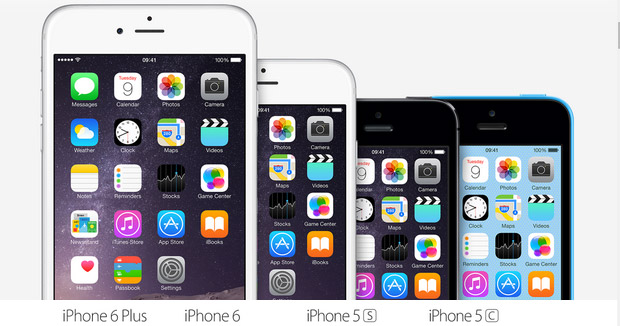
Like a bickering couple locked in a loveless marriage, Apple and Adobe don’t get on, but they’re forced to work together from time to time.
Such is the acrimony between these two, that Apple preferred to cripple its iPad by leaving out Flash support, and Adobe has declared itself seriously unchuffed, responding in its blog:
Apple’s iPad — a broken link?
It looks like Apple is continuing to impose restrictions on their devices that limit both content publishers and consumers. Unlike many other ebook readers using the ePub file format, consumers will not be able to access ePub content with Apple’s DRM technology on devices made by other manufacturers. And without Flash support, iPad users will not be able to access the full range of web content, including over 70% of games and 75% of video on the web.
If I want to use the iPad to connect to Disney, Hulu, Miniclip, Farmville, ESPN, Kongregate, or JibJab — not to mention the millions of other sites on the web — I’ll be out of luck.
Adobe and more than 50 of our partners in the Open Screen Project are working to enable developers and content publishers to deliver to any device, so that consumers have open access to their favorite interactive media, content, and applications across platform, regardless of the device that people choose to use.
Security risk?
Apple argue against the use of Flash, claiming it constitutes a resource hog and a security risk, although most pundits reckon their resistance is far more to do with the fact that Flash will give consumers more choice about what content they can view on their iPads – and that’s something Steve Jobs & Co like to control for themselves, even if it means iPad users can kiss goodbye to most online gaming and video streaming services in the process.
Although we’ve long had concerns about the web being held in the grip of Adobe’s proprietary format, the HTML5 alternative comes with major caveats too, as the Shaver site explains:
Recently, Vimeo and YouTube announced that they were moving to support the HTML5 video tag, as DailyMotion did last summer. This is an important step in making video a first-class citizen of the modern web, and that is great news. Unlike DailyMotion, however, Vimeo and YouTube chose to rely on the patented H.264 video encoding, rather than an unencumbered encoding like Ogg Theora. This means that the pages on those sites will not work with Firefox.
Vimeo and YouTube seem to believe that reliance on proprietary plugins for video is a problem on the web. Mozilla believes that reliance on patent-encumbered formats is a problem on the web. Who’s right? Both groups are, in this case; that we can attack, from different perspectives, the multifacted problem of freeing video on the web is an example of the distributed innovation that has made the web such a powerful and popular platform.
For Mozilla, H.264 is not currently a suitable technology choice. In many countries, it is a patented technology, meaning that it is illegal to use without paying license fees to the MPEG-LA. Without such a license, it is not legal to use or distribute software that produces or consumes H.264-encoded content. Indeed, even distributing H.264 content over the internet or broadcasting it over the airwaves requires the consent of the MPEG-LA, and the current fee exemption for free-to-the-viewer internet delivery is only in effect until the end of 2010.
These license fees affect not only browser developers and distributors, but also represent a toll booth on anyone who wishes to produce video content. And if H.264 becomes an accepted part of the standardized web, those fees are a barrier to entry for developers of new browsers, those bringing the web to new devices or platforms, and those who would build tools to help content and application development.


